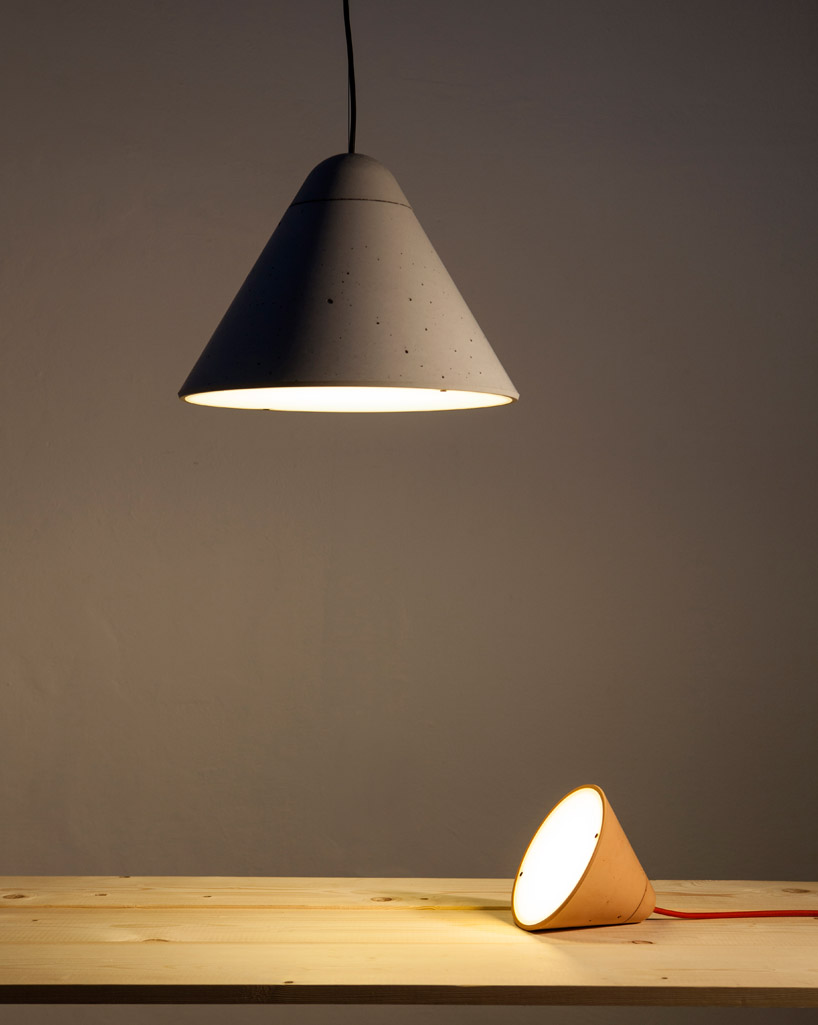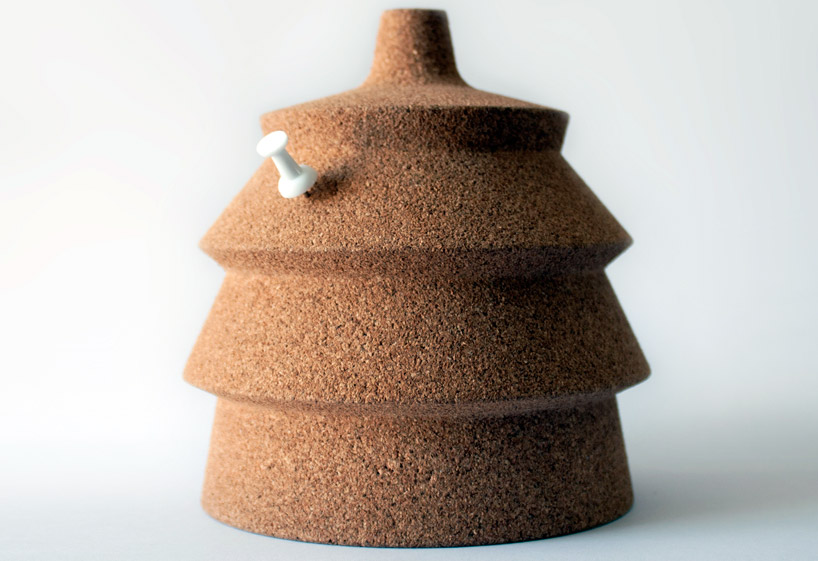One of the things that I've been told is that the movement of muscle wire is severely underwhelming, so I may need to look into alternative measures for providing the motion. But I'm definitely going to give it a go and see how it goes.
Another issue that I've encountered is that the Arduino won't be able to supply the current the muscle wire or the lights need to function, so what I need to do to rectify that is add a relay system whereby the arduino can "activate" the circuits that need to power on. Relay switches can run a much lower current through them to activate a larger current/voltage.
The first part of my project that I needed to suss out was my shade design. The reason why I want to do this section first is because I'm still waiting on parts that are being shipped down, and as a result, I can't do any work on my arduino stuff just yet.
Image acquired from: http://www.designboom.com/design/studio-itai-bar-on-oded-webmans-bullet-collection-lamps/
Image acquired from: http://www.designboom.com/design/raw-edges-studio-pinha/
These shades have a really great aesthetic to them,and the edges serve a particular purpose because of the way the shade is actually used. The shade serves as a mount for a customisable material and shape that the user can then wrap around and pin into the shade, allowing customisation of both the spread of light as well as the material the shade is made of. Mine won't be doing that, so the angles need to be possibly an abstraction of a considered form.
Image acquired from: http://modernhouseinsight.com
So, with this in mind, went about designing some forms that might work for the lampshade design. The flower I looked at primarily was the tulip, as I really like the way the tulip has such a basic form and doesn't feel too flashy. The most important aspect of this lamp is the motion of the outer lights, so I don't want to make the form feel too flashy.
Another idea that I came across was the idea that the movement should feel like it belongs with the shape of the shade. So, I decided against the possibility of doing a triangular shade, as I don't feel like a wide-based triangular flower would make the sorts of motions that I'm looking at generating.
After consulting with my tutor, I felt like the best option I had was the angular forms, as they really abstract the form of the tulip to something that is much more ethereal and alien. We're used to seeing curved forms all around us, and yet at the same time, Nature does sneak in some straight edges here and there. Geological crystal forms could be something to look at, as to me they kind of feel like millenia old flowers. Yes, yes, I know, very poetic, but that's how I've always seen them.
So, with those forms in mind, the smaller versions really need to feel like baby versions of the large one. The large one will not move, and will stay stationary in the centre of the whole light, almost as if it is old enough to cease caring about the motions of the creatures below it, while the outer lights are much more excitable and likely to respond to external stimulations.
So, with those forms in mind, the smaller versions really need to feel like baby versions of the large one. The large one will not move, and will stay stationary in the centre of the whole light, almost as if it is old enough to cease caring about the motions of the creatures below it, while the outer lights are much more excitable and likely to respond to external stimulations.







No comments:
Post a Comment